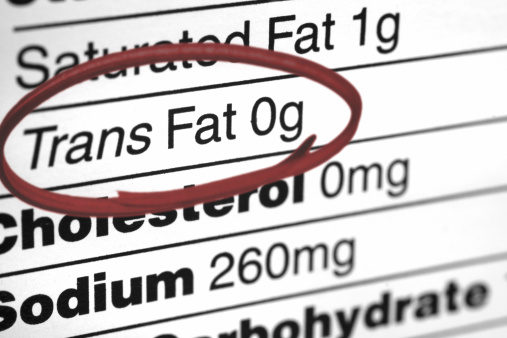Washington, D.C.—The U.S. Food and Drug Administration (FDA) has determined that partially hydrogenated oils, which are the primary source of trans fat in food, are not "generally recognized as safe" (GRAS). It has opened a 60-day public comment period on this ruling, which if finalized would require food manufacturers to reformulate any products currently containing trans fat.
WholeFooods Science Editor Richard A. Passwater, Ph.D., shares his perspective on this news below:
The FDA appears to be taking a bold, but long overdue, step in considering removing the GRAS status of trans fats. In 2003, the FDA required listing the trans fat content of foods on labels and now they are considering banning them from foods. The move will be welcomed by the overwhelming majority of scientists. We, at WholeFoods, have argued for the elimination of man-made trans fats since our inception.
It is time to pay tribute to pioneering researchers including my departed friend, Mary Enig, Ph.D., of the University of Maryland for her brave battle in the United States against the food processors who added this toxic, man-made component to our food supply and also to my co-author, Jørn Dyerberg, M.D., DMSc., for his struggle in Europe to publicize the dangers of trans fats.
Dr. Enig spent portions of several summer “vacations” in my laboratory continuing her efforts to show the world the dangers of trans fats. Her first major scientific publication concerning the dangers of trans fat was in 1978. She was kind enough to chat with WholeFoods about these dangers in several columns from November 1993 through January 1994. Also, in 1994, we published an interview with Dr. David Kritchevsky of the Wistar Institute and University of Pennsylvania on the dangers of trans fats.
Dr. Enig was not the first scientist to warn about the dangers of trans fats, but it was her advocacy to ban them that caused food processors to try to discredit her research. Dr. Fred Kummerow from the University of Illinois, Dr. George Mann from Vanderbilt University, and Dr. Edward Pinckney with the American Medical Association had sounded the alarm many years before Dr. Enig’s plunge into the foray. Her research findings have been duplicated by others, but more importantly other independent researchers extended and explained many of her findings and concerns.
It took a long fight led by Dr. Mary Enig and others to cause the FDA to finally admit the harm of trans fats. As Dr. Rodney Leonard, the editor of Nutrition Week noted, Dr. Enig fought tenaciously to bring out the truth and she was "a burr under the saddle of the [processed food] industry and the government, persistently challenging the contention that the health threat of trans fatty acids is overplayed and that the current level of consumption poses no threat to public health." For decades, the FDA had looked the other way while margarine manufacturers implied in their ads that margarine was heart healthy, and that using a little pat of margarine instead of natural butter would prevent heart disease. The reality was that these margarines were high in trans fats, making them more atherogenic than saturated fats. The FDA claimed it was the job of the Federal Trade Commission (FTC) to monitor the misleading ads. Meanwhile, the FDA said it would permit the margarine manufacturers to label the amount of polyunsaturated fats their products contained, but would not require them to label the amount of harmful trans fats. Well, on July 10, 2003 the FDA finally made it mandatory to label the amount of trans fats, and the agency admitted that trans fats are not healthy.
As Dr. Dyerberg and I point out in our book, “The Missing Wellness Factors – EPA and DHA,” trans fatty acids cause alterations to numerous physiological functions of cell membranes that are critical for cell homeostasis, such as appropriate membrane transport and membrane fluidity. These fatty acid isomers can also produce alterations in adipose cell size, cell number, lipid class, and fatty acid composition, which can have deleterious effects. Trans fatty acids also disrupt cell function in part by their ability to inhibit the function of membrane-related enzymes.
Published by WholeFoods Magazine Online, November 7, 2013










